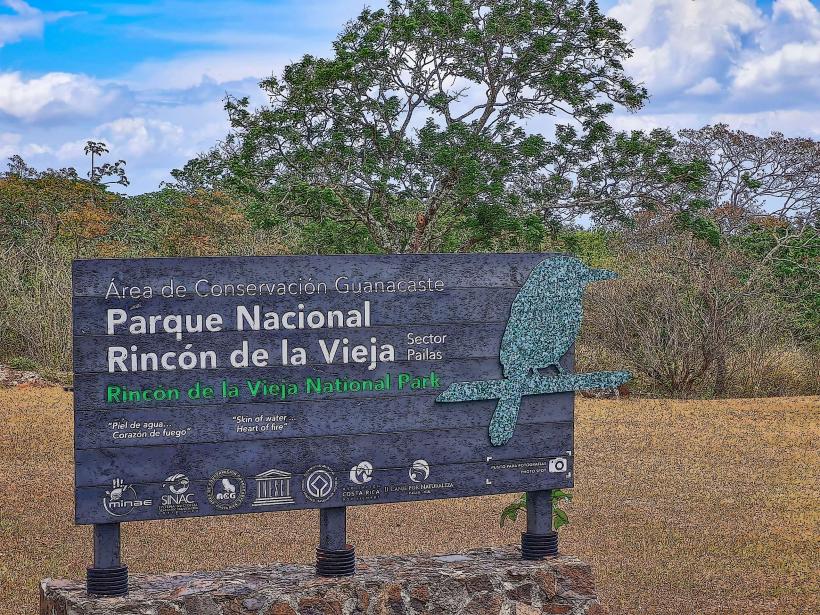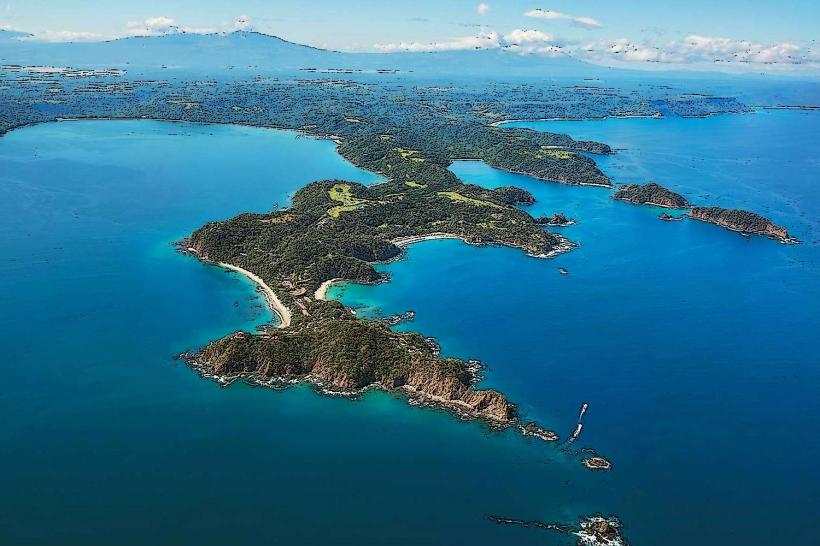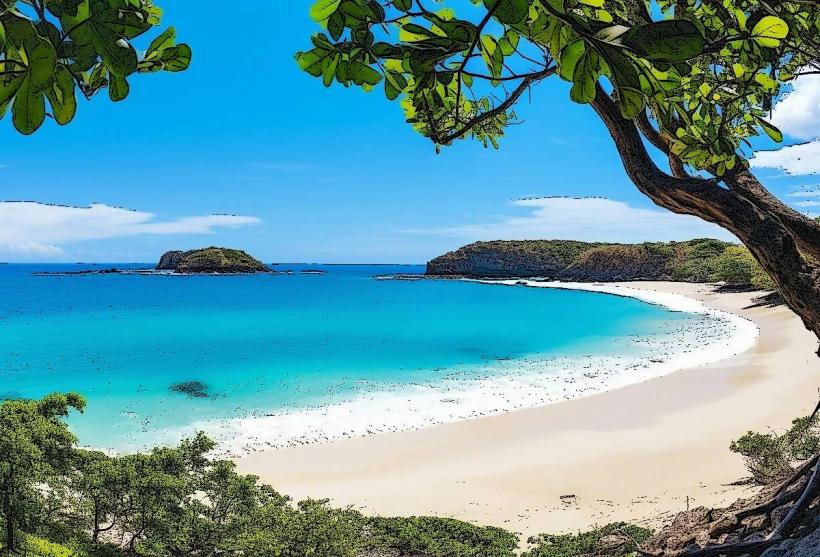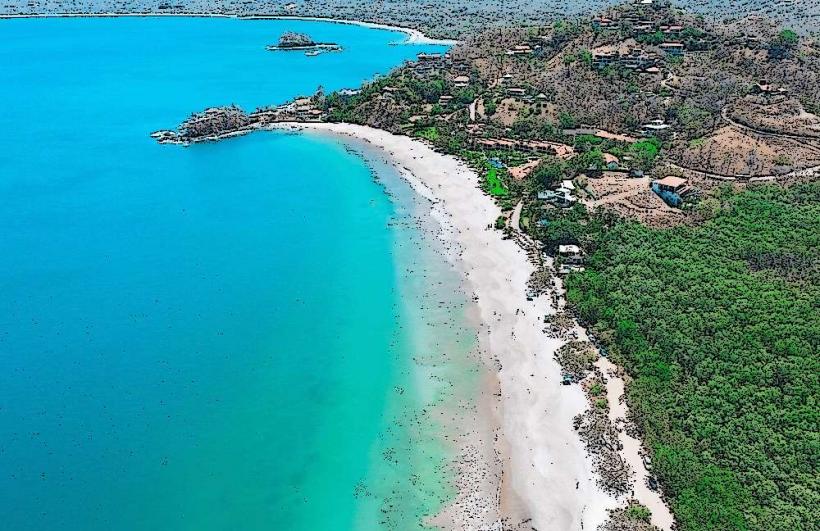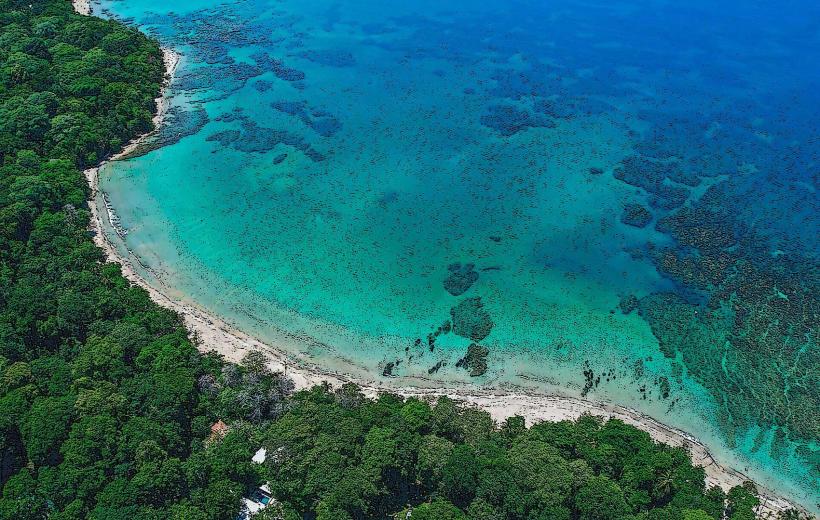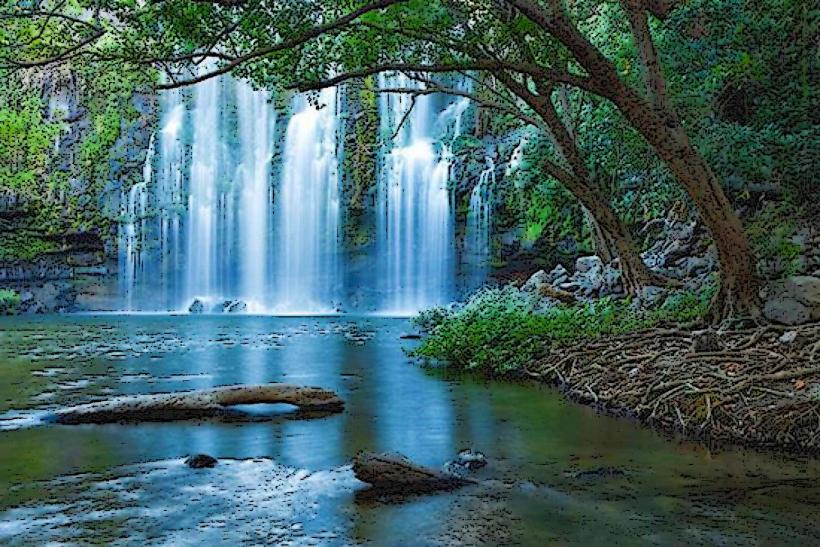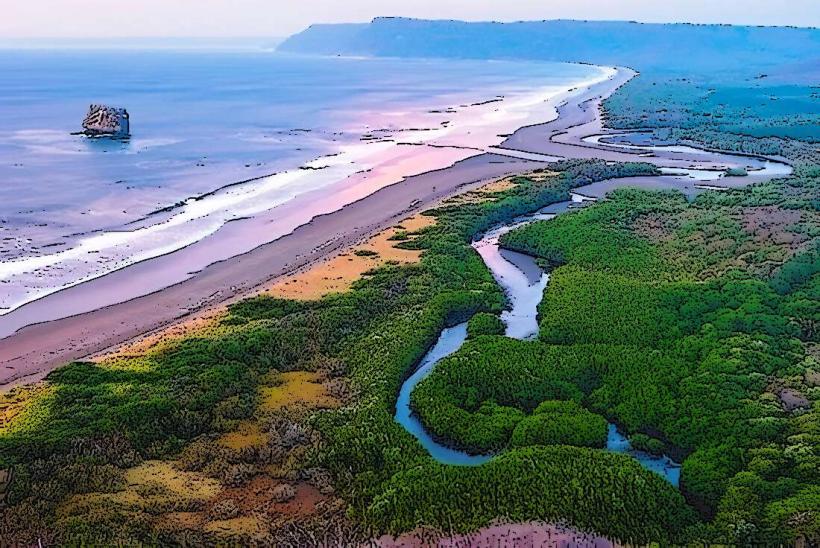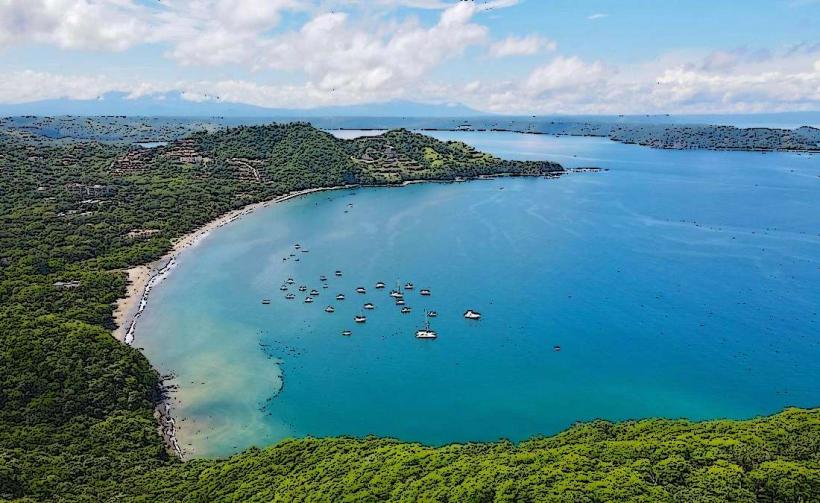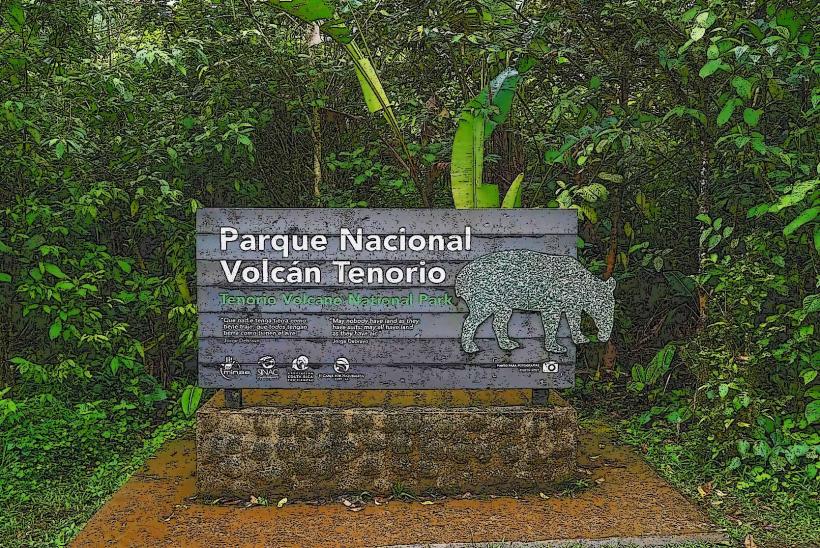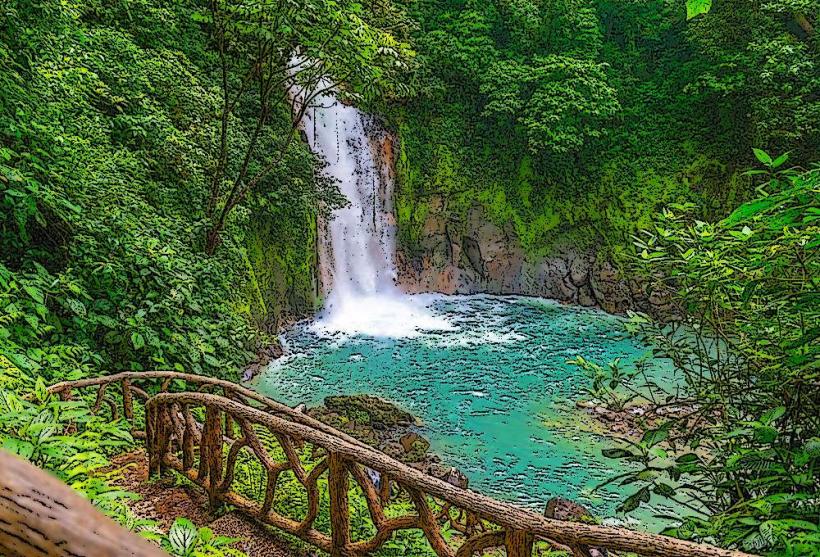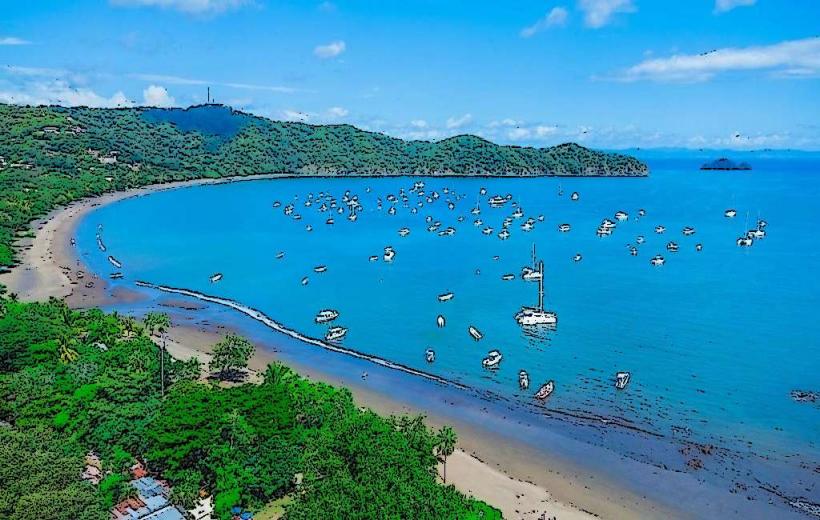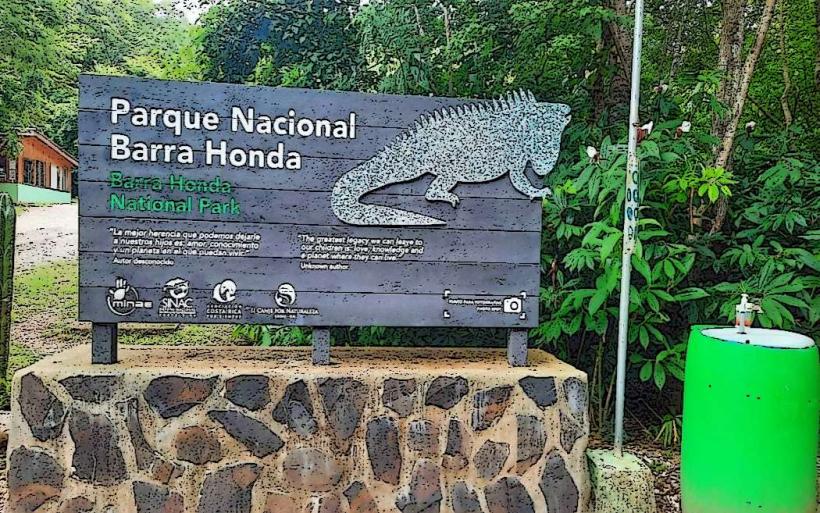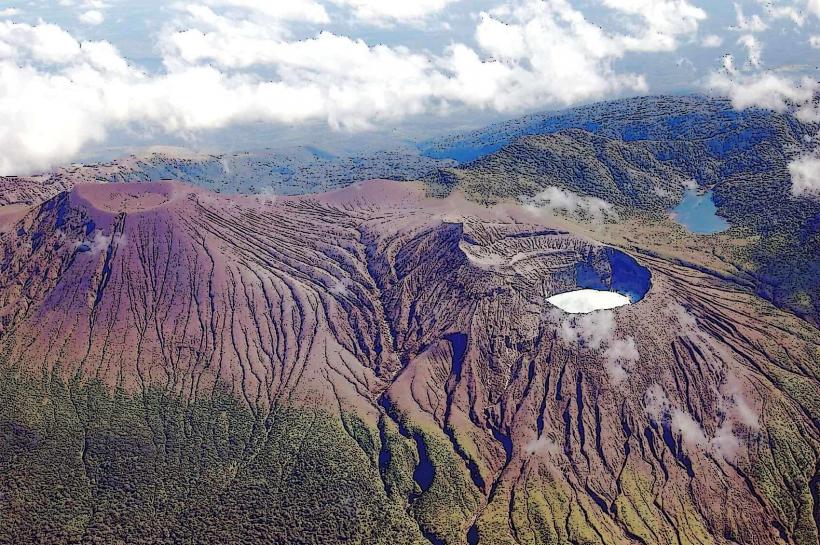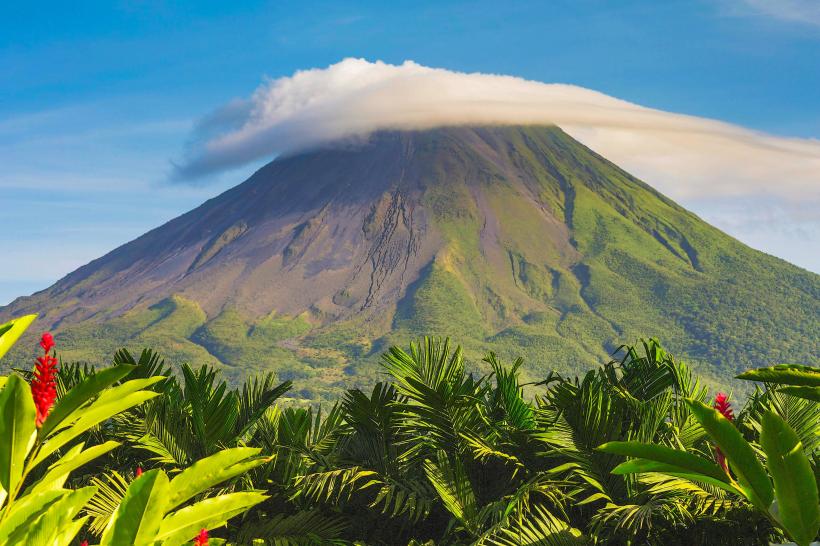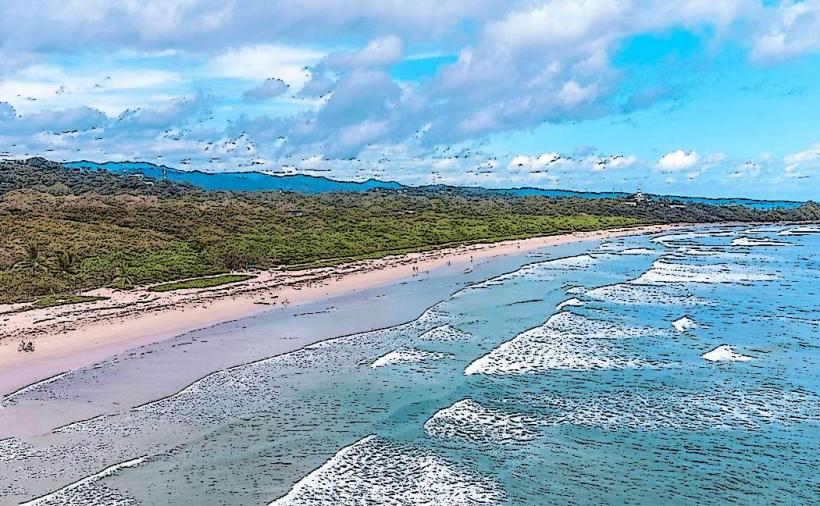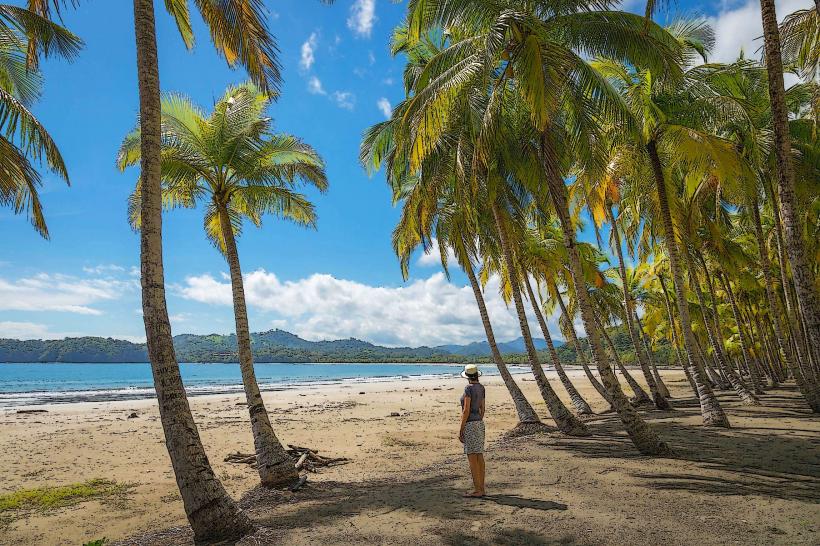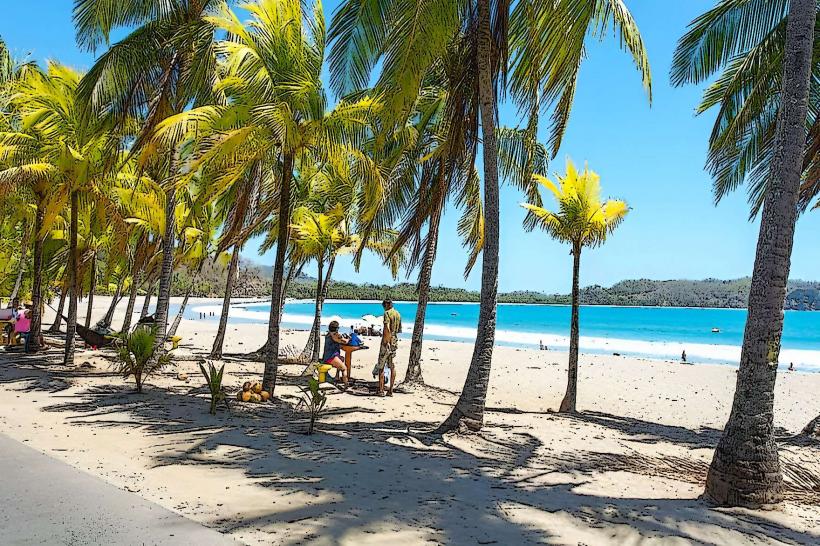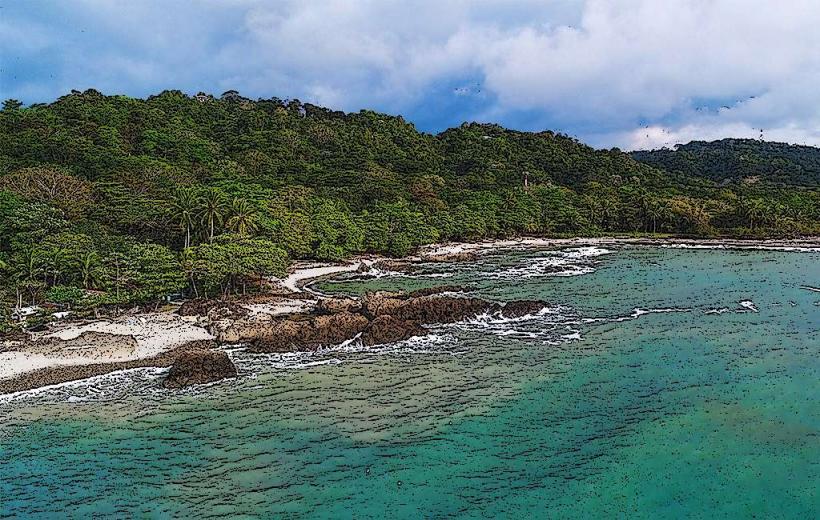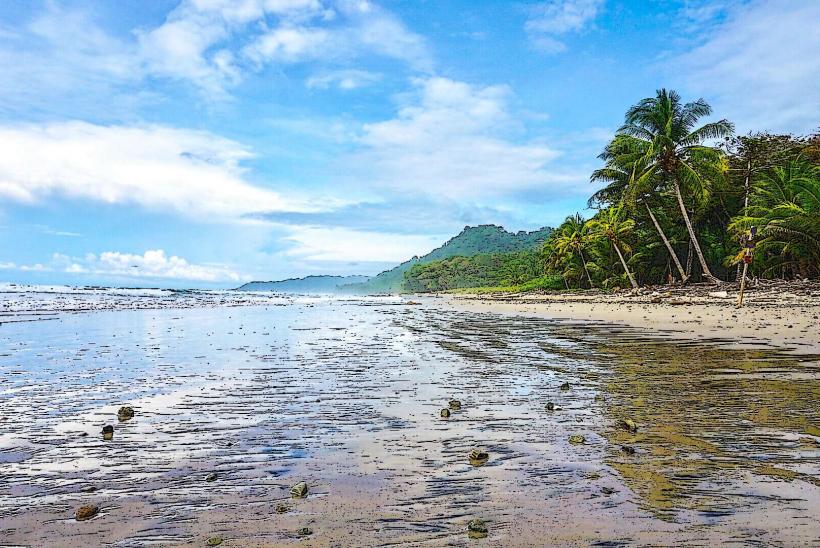Information
Landmark: Palo Verde National ParkCity: Guanacaste
Country: Costa Rica
Continent: North America
Palo Verde National Park (Parque Nacional Palo Verde) is one of Costa Rica's most important wetlands and wildlife sanctuaries. Located in the Guanacaste Province, it is renowned for its rich biodiversity, especially as a haven for migratory birds. Below is a detailed overview of the park:
Overview
- Location: Guanacaste Province, about 30 km southwest of Bagaces and 1.5 hours from Liberia.
- Established: 1978.
- Size: Covers approximately 45,500 acres (18,417 hectares), including wetlands, dry forests, and mangroves.
- Key Feature: The park is centered around the Tempisque River Basin, one of the most important ecosystems in Central America.
Ecological Importance
Wetland Habitat:
- Palo Verde is a critical wetland that supports numerous species of migratory and resident birds.
- The park is part of the Ramsar Wetlands of International Importance, recognizing its global significance for biodiversity.
Diverse Ecosystems:
- Encompasses wetlands, tropical dry forests, mangroves, and river habitats.
- These varied ecosystems support a wide range of flora and fauna.
Wildlife
Birds:
- Over 300 bird species have been recorded, making it a birdwatcher’s paradise.
- Notable species include jabiru storks (the largest flying bird in the Americas), herons, egrets, spoonbills, and scarlet macaws.
- Migratory birds from North America frequent the park between September and March.
Mammals:
- Common species include howler monkeys, white-faced capuchin monkeys, deer, coatis, and armadillos.
Reptiles and Amphibians:
- Crocodiles, iguanas, and snakes like boas can be found in the wetlands and forests.
Insects:
- Butterflies, dragonflies, and other insects are abundant, playing a vital role in the park's ecosystem.
Vegetation
- Palo Verde features a variety of plant species adapted to its unique environments, including:
- Cacti and thorny shrubs in the dry forests.
- Mangroves along the wetlands.
- Grasses and sedges in the floodplains.
Activities
Birdwatching:
- The park’s wetlands are ideal for observing both resident and migratory birds. Early morning tours offer the best opportunities.
Boat Tours:
- Guided tours along the Tempisque River allow visitors to see crocodiles, iguanas, and birds up close.
Hiking:
- Trails through the park lead to viewpoints, including La Roca Lookout, which offers panoramic views of the wetlands and surrounding areas.
Photography:
- The park’s abundant wildlife and stunning landscapes make it a favorite spot for photographers.
Nature Tours:
- Expert guides provide insights into the park’s ecosystems, wildlife, and conservation efforts.
Visitor Information
- Entrance Fee: A small fee is required for entry. Guided tours and boat trips may have additional costs.
- Visitor Centers: Located near the main entrance, offering maps, exhibits, and information about the park.
- Facilities:
- Restrooms, picnic areas, and limited lodging at the Organization for Tropical Studies (OTS) field station.
- Guides:
- Hiring a local guide is recommended for birdwatching and boat tours to enhance the experience.
How to Get There
- By Car: Easily accessible via well-marked roads from Liberia or Nicoya.
- By Public Transport: Buses run to nearby towns like Bagaces, from where taxis can take you to the park.
Best Time to Visit
- Dry Season (December to April):
- Wildlife is easier to spot as animals gather around water sources.
- The wetlands become a focal point for birdwatching.
- Green Season (May to November):
- The landscape is lush, and rivers are fuller, creating a different but equally beautiful experience.
- Flooded wetlands attract more migratory birds.
Nearby Attractions
- Rincón de la Vieja National Park:
- Offers volcanic landscapes, hot springs, and hiking trails.
- Tempisque River:
- Explore this river’s rich biodiversity through boat tours.
- Guaitil Village:
- A traditional pottery-making village showcasing local Chorotega culture.
Conservation Efforts
- The park plays a vital role in protecting Costa Rica's wetlands and biodiversity.
- Research and monitoring programs are conducted to study migratory birds and wetland ecology.
- Local community involvement helps maintain sustainable tourism and conservation practices.
Conclusion
Palo Verde National Park is a must-visit destination for nature lovers and bird enthusiasts. Its diverse ecosystems, abundant wildlife, and scenic beauty make it one of Costa Rica’s ecological treasures. Whether exploring the wetlands by boat or observing rare birds, visitors are guaranteed a unique and memorable experience.

